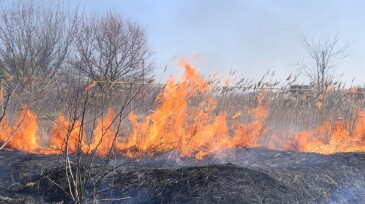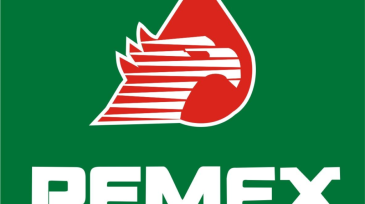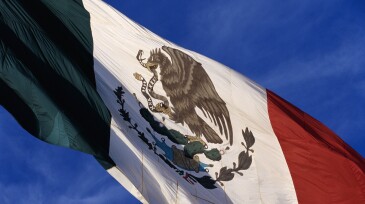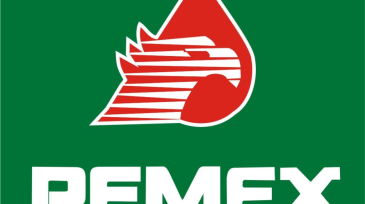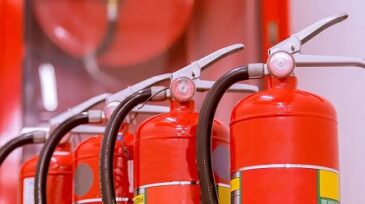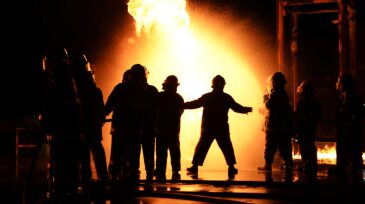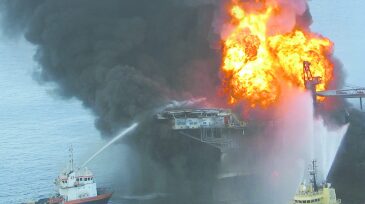fires
-
More than 100,000 oil and gas wells across the western US are in areas burned by wildfires in recent decades, a new study has found, and some 3 million people live next to wells that in the future could be in the path of fires worsened by climate change.
-
The wells that were taken off line as a result of the blaze had been producing 421,000 B/D of oil.
-
A fire at Ku-Maloob-Zaap killed five and sidelined more than 400,000 BOPD.
-
Search for the missing workers continues as the Mexican state oil company investigates the cause of this latest blaze.
-
The swirling, sea-surface fire near the Ku-C platform was extinguished after several hours.
-
Many people think fire extinguishers are easy enough to use and that there’s not much to it. But there is. Not only do fire extinguishers need to be used properly, but those fighting the fire also need to know which one to use.
-
Recommended Practice 2001, Fire Protection in Refineries, includes important revisions on hazard analysis, new ways to improve the design of refineries to help prevent fires, and new information on managing the potential environmental impact of firefighting foams and marine firefighting.
-
When selecting extinguishers, most organizations insist on quality, often deferring to the UL fire ratings with the expectation that higher ratings mean better firefighting capability. For some fires, that is true; however, in high-risk environments, the opposite can be true.
-
A series of 56 large-scale fire experiments in the range of 40–120 MW has been carried out in a generic offshore module.
-
The energy contained in oil and gas makes them immensely useful—and dangerous. A fire fueled by hydrocarbons can quickly threaten anything exposed to it. Building in passive fire protection when constructing facilities is wise practice.

